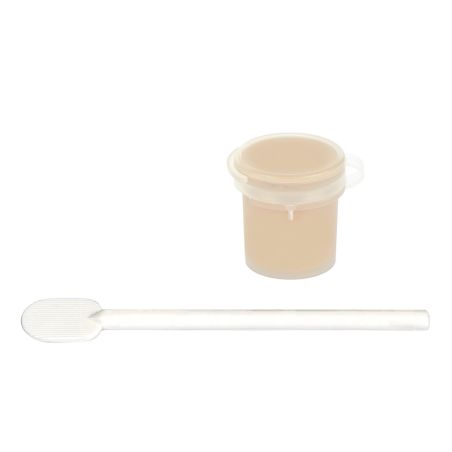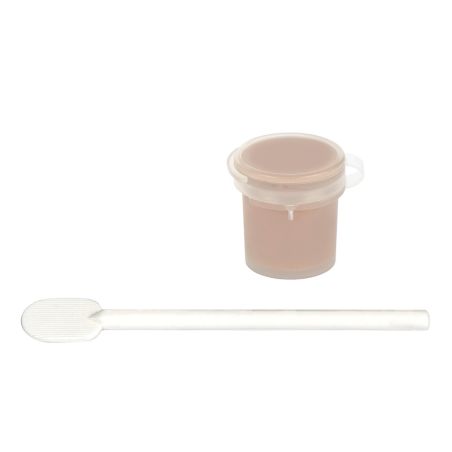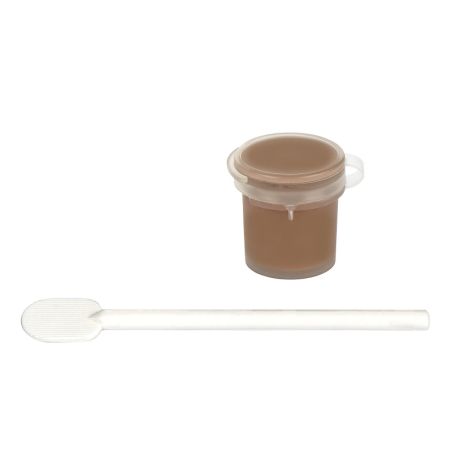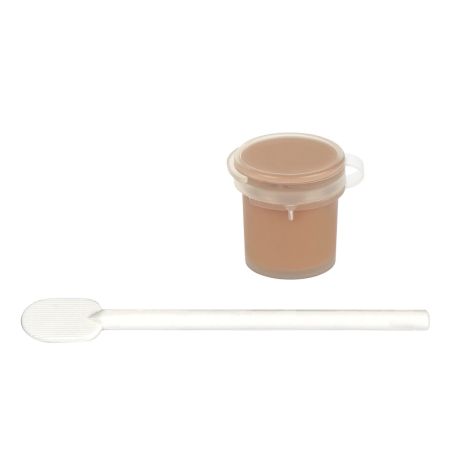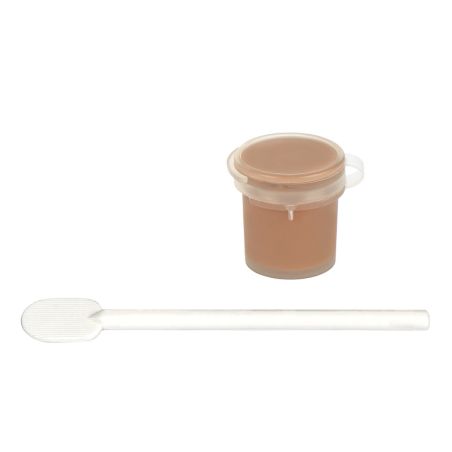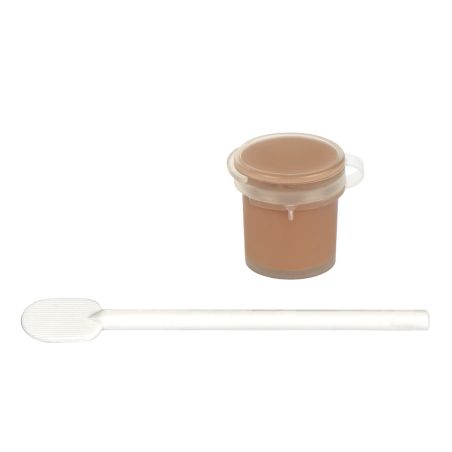Medical Tattoo
Medical dermopigmentation for appearance
Medical dermopigmentation for appearance
With your partner BIOTIC Phocea
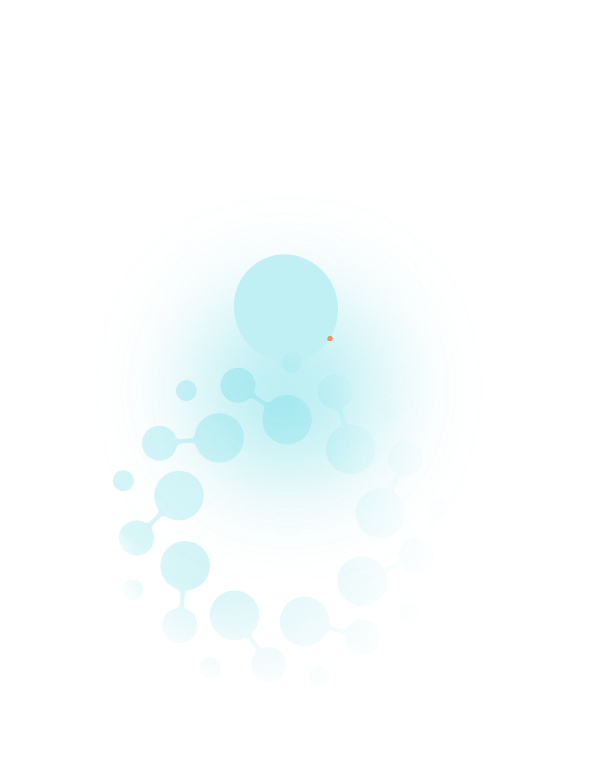
Erasing the stigma of the disease
With many applications, colour restructuring can be used, for example, to restore the mammary areola after breast cancer treatment or other surgeries to this area.
But it has many other uses as well: patients with stable vitiligo or scars, burn victims and chemotherapy patients can also benefit from this technique. In fact, medical micropigmentation can correct any kind of skin achromia or alopecia, whether it is medical, surgical or traumatic in nature. More and more applications are being found, tracing the outlines of a new approach to skin treatment.
Micropigmentation: technical process and duration
Requiring the use of single-use sterile equipment, restorative micropigmentation, also known as medical tattooing, involves implanting sterile mineral or organic pigments approved as a CE class IIb medical device into the dermis using the needle of a medical tattoo machine. With the application of an optional anaesthetic cream, the technique is virtually painless. One month later, a second visit takes place to correct the shade to obtain the final result.
It should be noted that, after each session, applying ice and a soothing cream for the first few days can limit irritation caused by medical tattooing. It is also important to protect the treated area from external irritants (sun, cosmetics, water) to promote optimal healing. If all of these conditions are met, the medical tattoo will last between 3 and 5 years and can be refreshed whenever your patients wish.
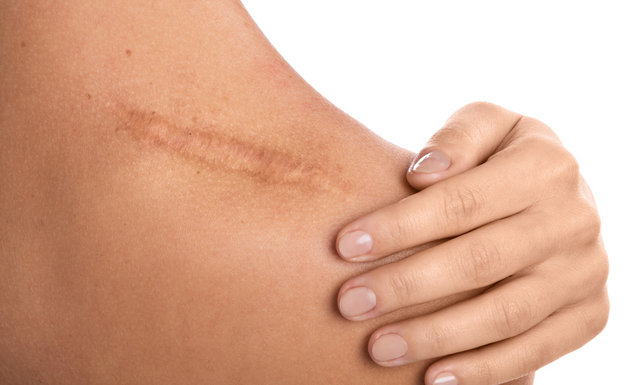
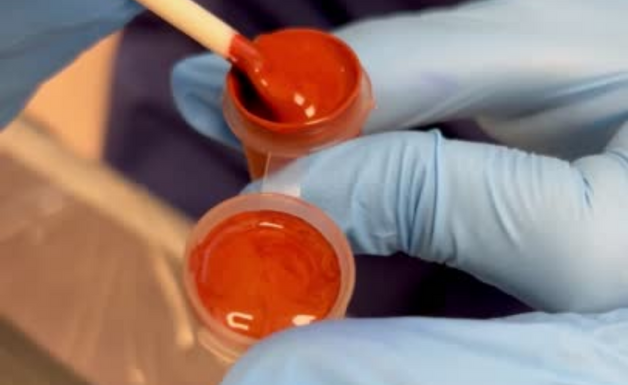
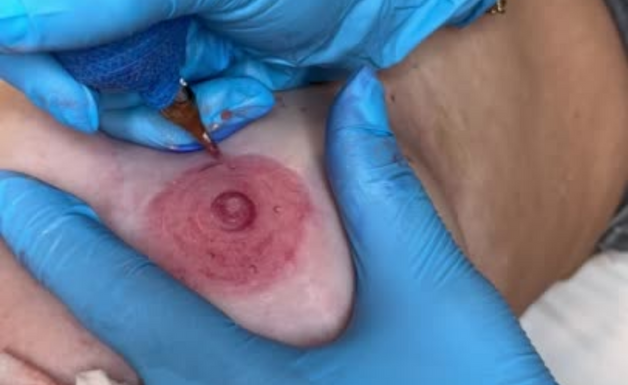
Reconstruction of the mammary areolas
Achromia is a white spot on the skin. There is nothing more difficult than correcting a white spot on exposed white skin. Perfect correction of achromia is the pinnacle of technical perfection.
There are a few different techniques that can be used, either alone or in combination, and overlapping or in succession.
Only technicians well-trained in medical micropigmentation in junctional areas (areolas, lips, scalp and hair-growing areas) can perform this type of pigmentation.
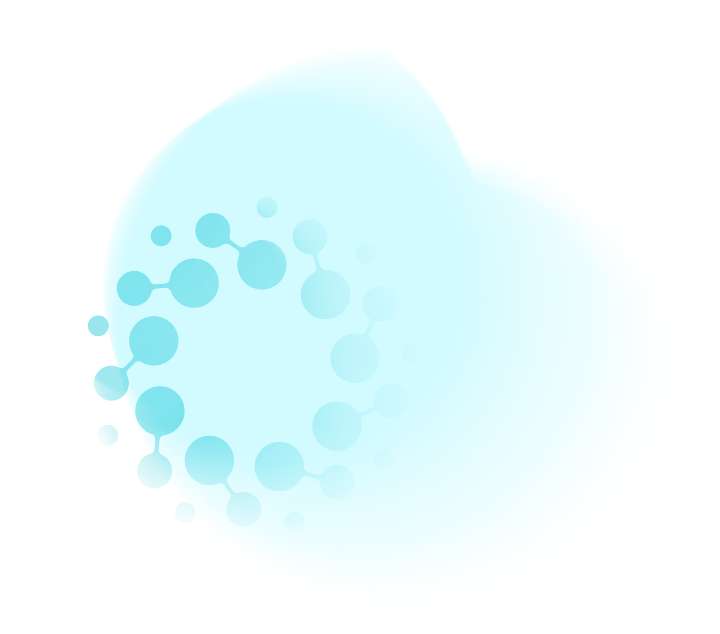
Treatment of achromia
Achromia is a white spot on the skin. There is nothing more difficult than correcting a white spot on exposed white skin. Perfect correction of achromia is the pinnacle of technical perfection.
There are a few different techniques that can be used, either alone or in combination, and overlapping or in succession.
Only technicians well-trained in medical micropigmentation in junctional areas (areolas, lips, scalp and hair-growing areas) can perform this type of pigmentation.
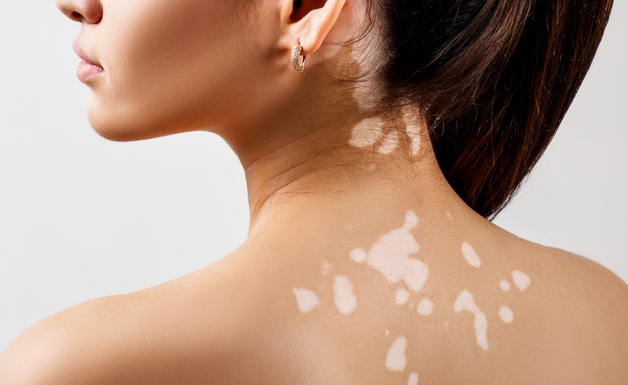
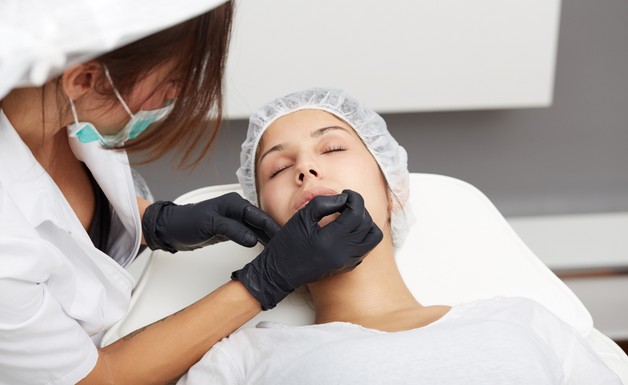
Restorative lip tattooing
Junctional areas are areas of skin that are different from the neighbouring skin, either in colour (lips, mammary areolas) or texture (hair, beard and other hair-growing areas).
These are the easiest areas to correct with restorative micropigmentation. But training is still essential. A pigmentation procedure can be used to correct a lip scar, a poor-quality reconstruction or the traces of a cleft lip (incorrectly known as a harelip) and is relatively easy on women accepting a made-up appearance, although it is more difficult than permanent makeup.
But this becomes more complicated for women wanting a lip reconstruction without a made-up appearance, and even more so for men, for whom a made-up appearance would be regrettable. It is important to know how to use natural pigments and a suitable technique.
Restorative tattooing of the scalp
Trichosimulation for pattern hair loss involves imitating the appearance of normal hair by colouring the scalp. It can be used on men and women.
There are a few different correction techniques: micro-dots, micro-lines, and shading. They can be instrument-guided or manual, and used alone or in combination. Trichosimulation can be used alone or in combination with a micrograft hair transplant to fill in spaces between grafts or correct the harvesting zones.
Correction will be different for men and women, as well as depending on preferences and the desired result: a shaved head, or normal hair.
Trichosimulation must pay careful attention to changes to the hair, and the techniques used will be different depending on the stage (rapid or stabilized), age (greying) and hair type (thick, curly…).
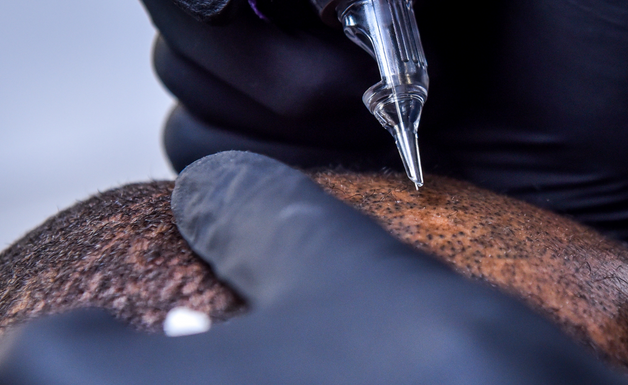
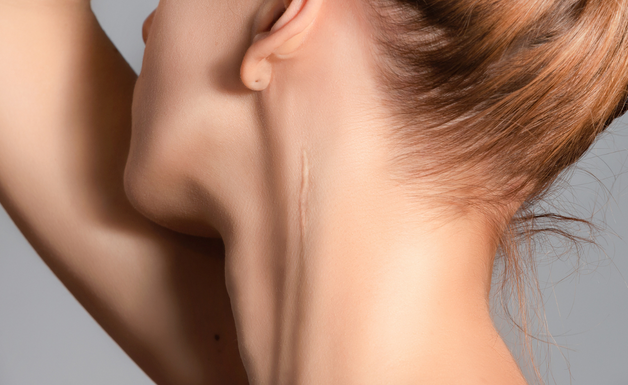
Scar tattooing
There is no such thing as a scar eraser! Pigmentation can only correct to a certain extent, like a concealer. Correction can make imperfections permanently less visible and easier to hide.
Only permanent achromic (white) scars should be corrected. Do not correct red or changing scars, except in the case of mammary areola scars. Hypertrophic scars are a good indication, but keloid scars should never be corrected. Before correcting scars, we strongly recommend that you receive special training: corrective micropigmentation class.
BIOCHROMADERM®
N°1 medical pigment in Europe
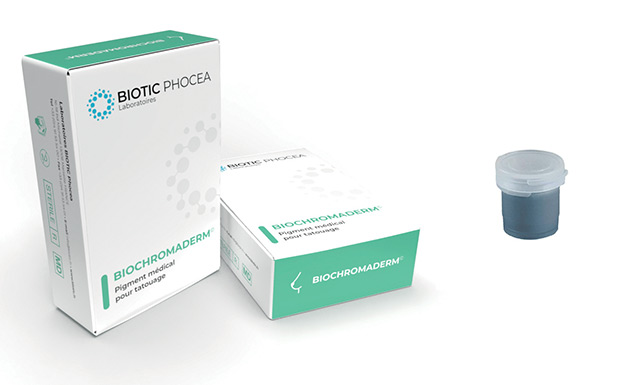
- Mixture of high purity synthetic pigments for the best color stability in the skin and over time
- No preservatives, petrochemical derivatives or ingredients of animal origin.
- Perfect compatibility with the dermis and the mucous membrane.
- Packaging adapted to hospitals: IDM’s traceability guaranteed
- A ready-to-use kit with sterile cup and sterile stirrer
- The only product authorized by the authorities for medical tattooing practice.
- Available in 29 shades, to offer your patients a natural result

-min.png)
-min.png)
-min.png)
-min.png)
-min.png)
-min.png)
-min.png)
Expand your customer base
by becoming a Biotic Phocea partner
Our clients are frequently looking for trusted professionals.
We recommend our partners to them

Our equipment and supplies
To perform medical tattoo
The Signature® dermograph has been designed for dermopigmentation professionals, through their experiences to guarantee excellence and reliability.
Signature®dermograph allows safe and non-traumatic pigmentation of the skin, thanks to its flexible Powder HR acupuncture needles, all of which are highly precise. This brand new innovation makes dermopigmentation not only extremely effective, but also safe & comfortable.
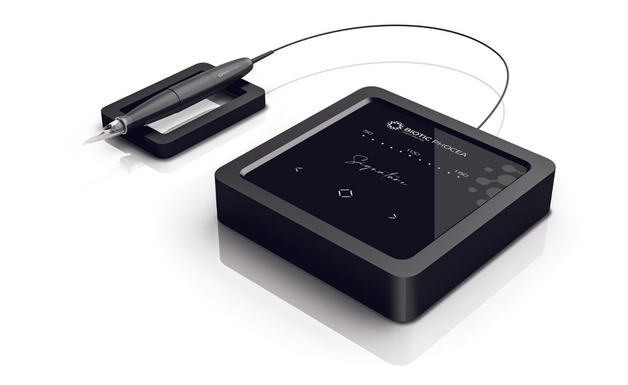
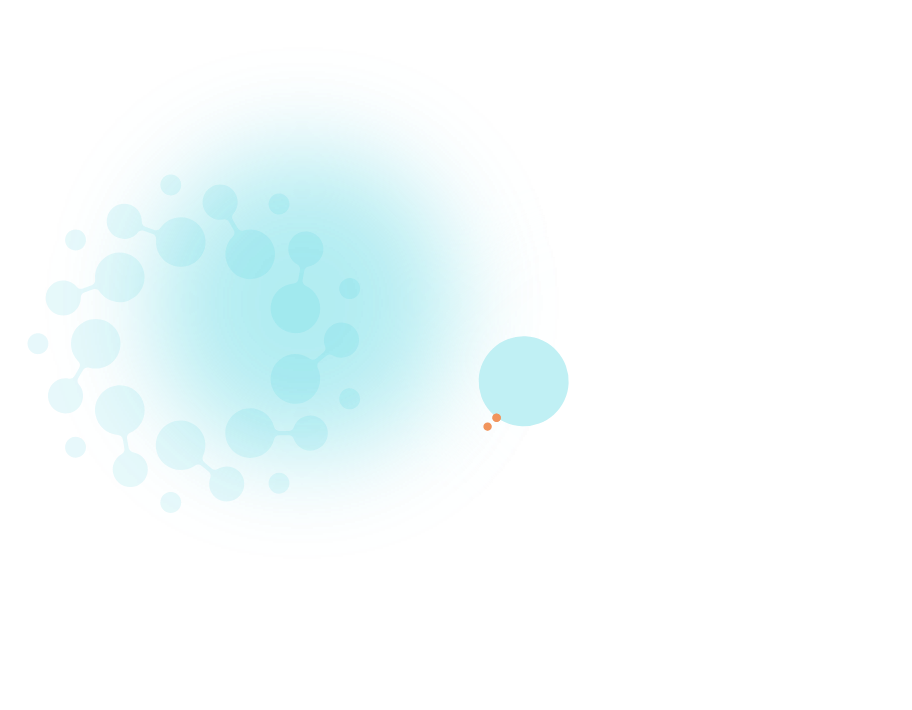
The expert's choice


